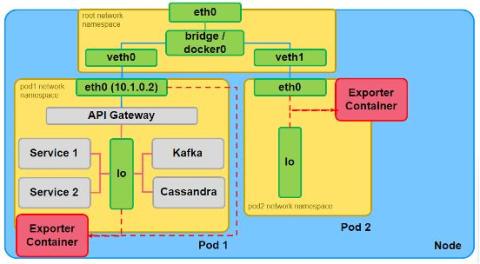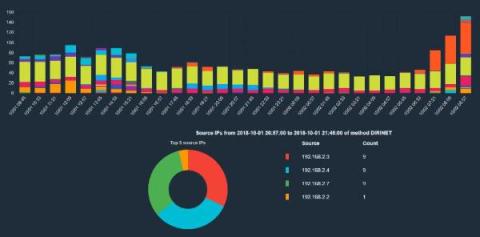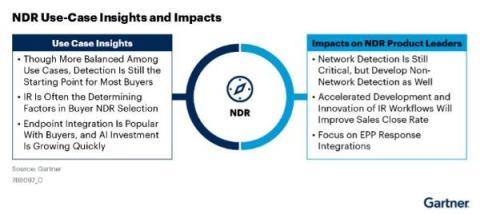Progress Flowmon Monitoring for Kubernetes Applications
From the perspective of network administrator and operator, the fundamental requirements for network applications are the same regardless of the environment they are running in. They need to have their network communication fast, reliable and secure. To meet these requirements, we need to have relevant data about the application traffic.





